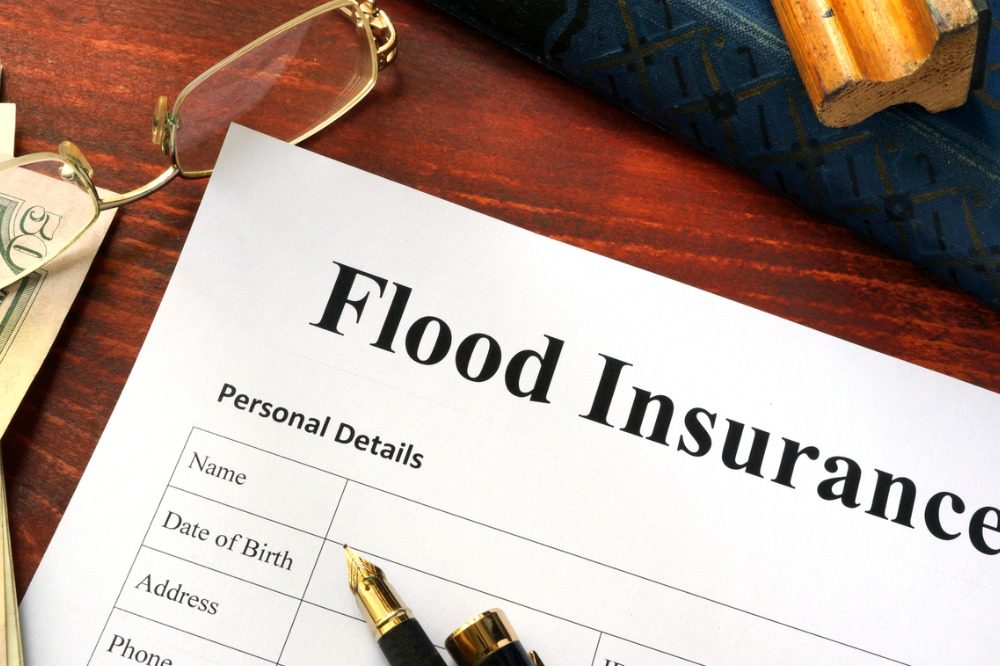What’s behind private flood insurance sector boom?

What’s behind private flood insurance sector boom? | Insurance Business America
Catastrophe & Flood
What’s behind private flood insurance sector boom?
New report reveals changing distribution of premiums
Catastrophe & Flood
By
Kenneth Araullo
The National Flood Insurance Program’s (NFIP) Risk Rating 2.0 seems to be redirecting a larger portion of premiums into the realm of private flood insurance, according to a recent report by AM Best.
The advent of the Risk Rating 2.0 system in 2021 aimed to enhance the determination of flood premiums, aligning them with the current and accurate flood risk assessments based on more robust data. This endeavor has concurrently led to enhanced competitiveness in private insurance coverage, as the number of insurers offering such coverage has multiplied over fourfold, growing from 47 in 2016 to 198 in 2022, according to the report.
From a geographical standpoint, a substantial share of flood premiums remains concentrated within the Atlantic Hurricane Basin. Among the states that boast private and public flood premiums surpassing $100 million, seven out of eight are in this region.
The eighth is California, which encountered two major flooding events in 2023, in addition to a magnitude-5.1 earthquake during the most recent event. The state is currently embroiled in an insurance retreat, so much so that California Senate Republicans are now calling on state regulators to tackle the escalating crisis within the homeowners’ insurance market.
“The flooding and mudslides that transpired in California earlier this year will serve as a significant test for the private flood market. California possesses a larger stake of flood direct premiums written (DPW) within the private market compared to any other state with a DPW exceeding $100 million,” AM Best senior industry analyst Christopher Graham said.
The surge in the acquisition of private flood insurance also appears to be fueled by business insurance demands, primarily driven by the necessity for broader policy limits.
In 2022, during the nine months encompassing the new rating approach, private flood direct premiums written experienced a notable 24% rise, while federal flood direct premiums written encountered an approximate 12% decline.
The report also anticipates that the results of 2023 will distinctly reflect how the private market is navigating flood risk. Moreover, the prospect of further rate hikes for NFIP policyholders — currently capped at an 18% annual increase until reaching the true risk rate — should lead to a heightened migration of insured parties toward private insurers.
Despite Congress’s 2018 effort to alleviate the NFIP’s burden by canceling $16 billion of debt, the program has remained encumbered since Hurricane Katrina in 2005. With the 2022 cumulative debt level of the NFIP standing at $20.5 billion, the impact of Hurricane Ian is predicted to exacerbate this situation. Another subpar year is expected to prevent the program from repaying its debt to the US Treasury.
What are your thoughts on this story? Please feel free to share your comments below.
Related Stories
Keep up with the latest news and events
Join our mailing list, it’s free!






